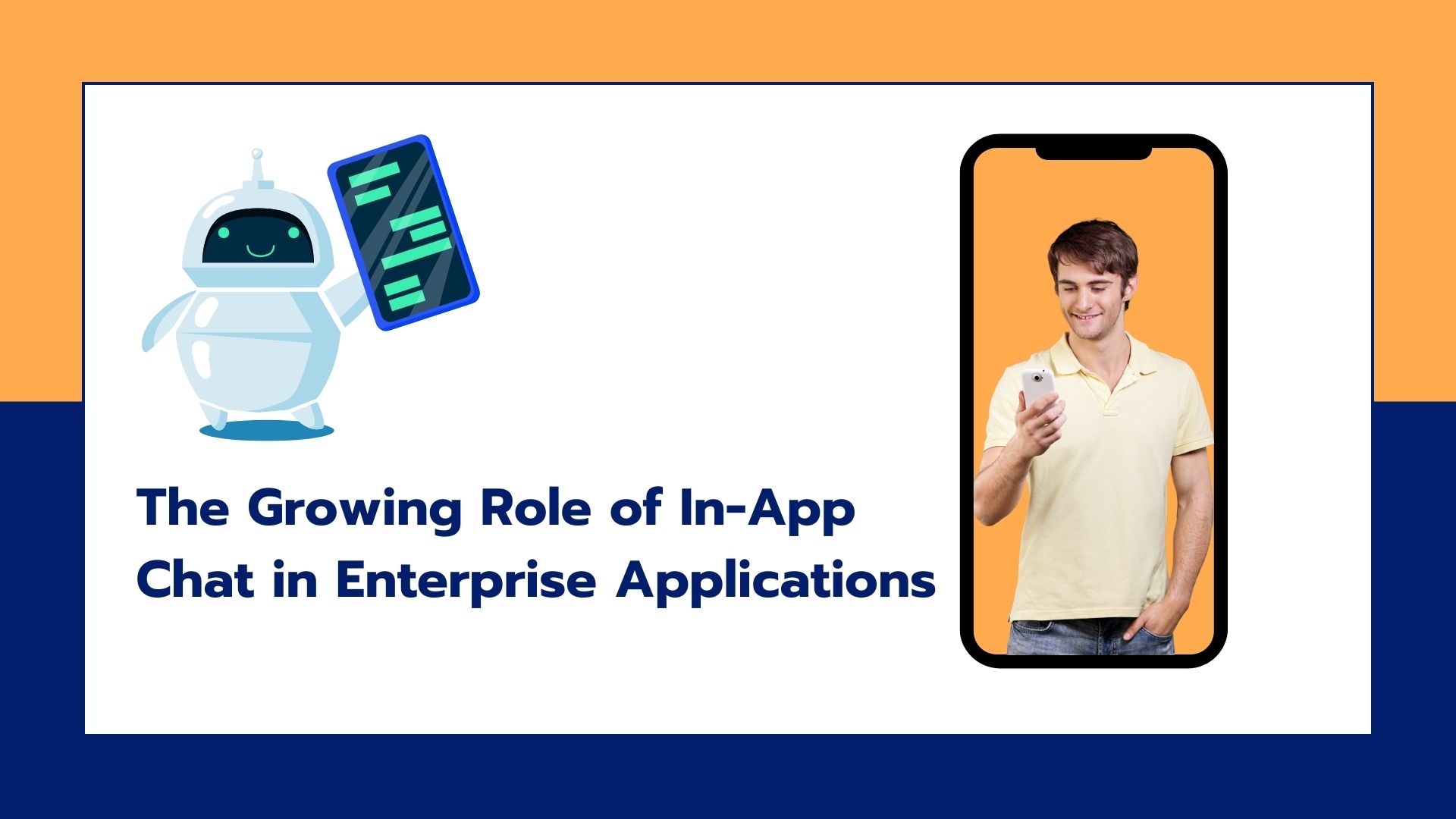Trading Places, Part 2
 This is the second installment of a three-part series on what CRM is quickly evolving to be: EAI and business process management (BPM). In part one, we looked at the trend in broad terms. Here, we'll look at EAI in more detail.
This is the second installment of a three-part series on what CRM is quickly evolving to be: EAI and business process management (BPM). In part one, we looked at the trend in broad terms. Here, we'll look at EAI in more detail.
Rise of the “Integration Infrastructure”
In many large, multidivisional organizations today, most applications are integrated in one of two ways:
- Applications are hard-coded in so-called point-to-point solutions, involving proprietary APIs and/or remote procedure calls and other custom-built code — connections inherently difficult and expensive to maintain and usually not scalable.
- Data is painfully and expensively recreated in a vendor-specific/proprietary system, such as an ERP or CRM enterprise package, and/or a data warehouse to ensure interoperability and integration of data and functionality.
For companies starting from scratch (or willing to rewrite mission-critical applications), a Web application server architecture represents a viable way to address the integration of data and functionality.
But most large enterprises, with a considerable inventory of legacy applications and systems, either turn to commercial middleware — or EAI suites — or build their own integration infrastructures. This forms a common bus, or backbone, across which different types of disparate applications and data stores can exchange information.
The benefits of using a real-time EAI infrastructure are many:
- Lower costs. Instead of building point-to-point connections between every application, all you need for each application is a single connection to a common bus, lowering the cost of integration. As you're integrating to the same platform, you can often reuse much of your application interface code, saving time and money.
- Improved data quality and management. Since all source data is transformed and routed according to the logic defined within the EAI infrastructure, you can achieve more accurate and consistent customer information across the enterprise.
- Greater flexibility and agility. An integration infrastructure enables you to retool business processes on the fly, provides real-time visibility and process management, and allows faster and easier addition of new or best-of-breed solutions. You can more readily incorporate new technology as requirements change.
The CRM package software industry is getting into the act, partnering with popular EAI vendors to produce pre-built adapters to integrate workflows across many different systems. An example is Universal Application Network, a new EAI framework soon to be launched by Siebel.
The XML Potential
One can't write about EAI without mentioning the tremendous potential and promise of XML and Web services.
“Web services” refers to the concept of discovering, linking, combining, and running different applications across the Internet, using XML as the meta-data language framework to define common standards. Although only basic, low-level XML communications protocols have been agreed upon to date, this next generation of distributed computing offers the promise of unlocking and sharing the functionality of any application, regardless of programming language, operating system, or hardware environment.
Another related concept, Extensible Customer Relationship Language (xCRL), offers the promise of a set of XML vocabulary standards that define customer information. This framework would make possible the sharing of customer data between different applications and organizations without the need for expensive, custom integration.
With the emergence of integration infrastructures, businesses are turning a new discipline, called BPM, to help model and improve end-to-end customer acquisition, transactional, fulfillment, and service processes. We'll look at that in the next installment.
Do you agree? Don't agree? Got an interesting insight, opinion, or real-world example to share? What are your thoughts? Please write. And stay turned for part three.
Arthur O'Connor is a director and head of the CRM Integration Practice at Reuters Consulting, a unit of Reuters, PLC. As one of the nation's leading experts on CRM and business intelligence solutions, he frequently writes on business and technology trends. He's a frequent speaker at industry conferences. Last year, he served as chairperson of the Institute for International Research's CRM Project Management Conference.
Reprinted from ClickZ.



